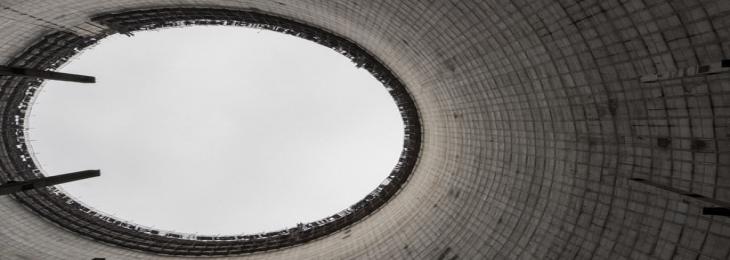Sep, 2021 - By WMR

A research team engineered a simple and economic device using perovskite crystals that detects neutrons emitted from radioactive materials.
Perovskite is a type of mineral that possesses the ability to interact with photons and is commonly used in solar cells for converting light into energy. A team of scientists from EPFL teamed with other scientists to develop a device using perovskite crystal that detects neutrons omitted from radioactive materials. According to the research published in the journal Scientific Reports in August 2021, this simple and economic device can be used to detect nuclear radiations leaking from a damaged nuclear reactor.
The scientists used a specific form of perovskite in this research which is called methylammonium lead tri-bromide. A small electric current is generated when the substance is exposed to neutron source or nuclear radiation. The perovskite gets charged when neutron invade in and push it to greater energy state. When perovskite is charged, it creates a current which is very small. The researchers boosted the current to make it practically useful by inserting a thin foil of a metal called gadolinium. This helps to gain a higher energy level which in turn creates a strong electric current. This current further can be carried through a carbon electrode into a current meter. The team then surrounded the foil by perovskites crystals. Putting these two materials together made is easy to achieve a higher energy level.
In its final form, the device was engineered in such a way that the signal was boosted at a level where it could measure the flow and direction of the neutron. This makes it very useful to detect nuclear radiations. The materials used in this experiment offered more advantages. The device is simple and cost effective and scientist are now aiming on modification and commercialization of the device.

We will be happy to help you find what you need. Please call us or write to us: